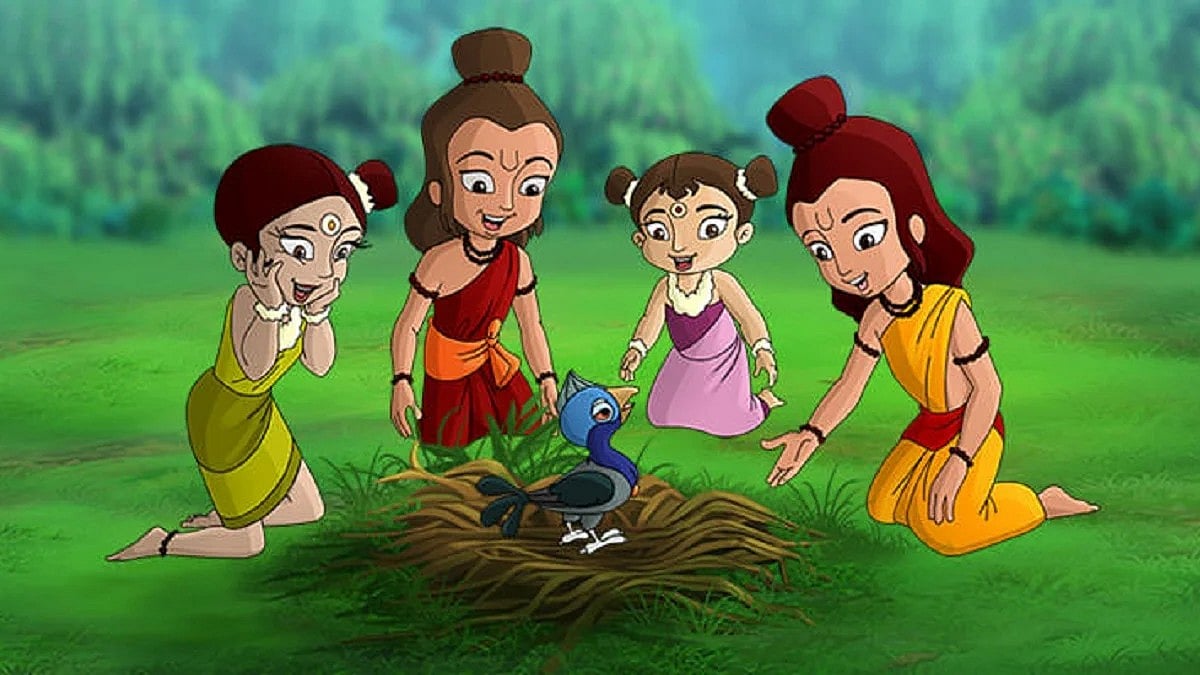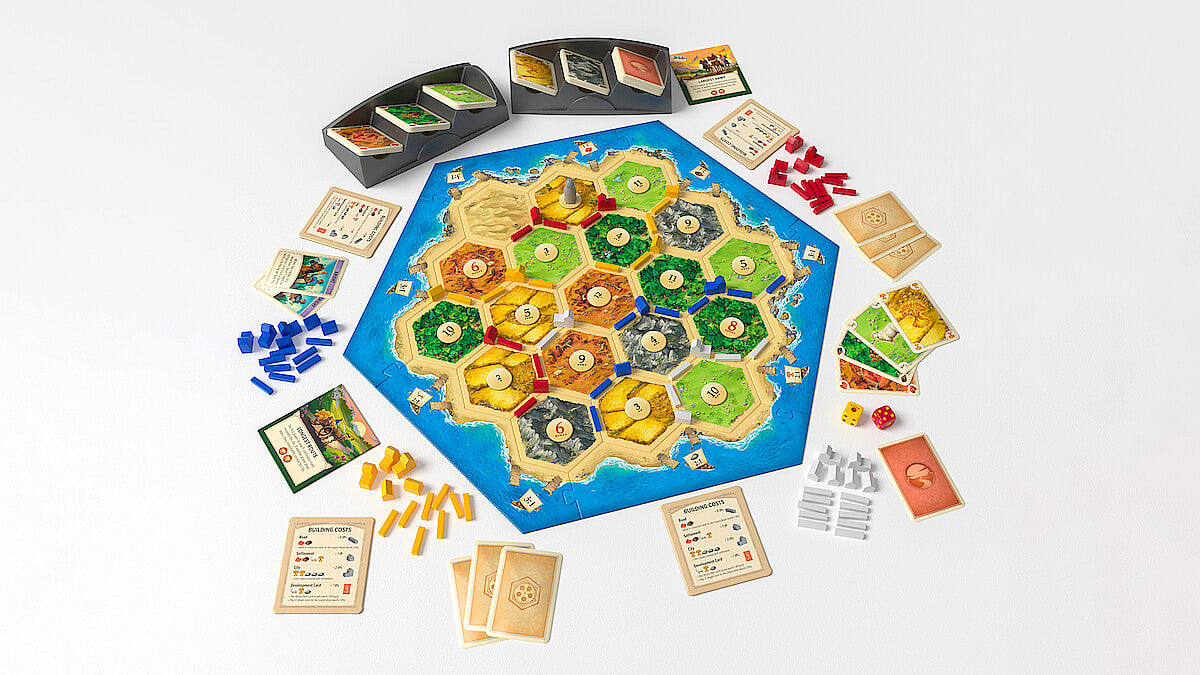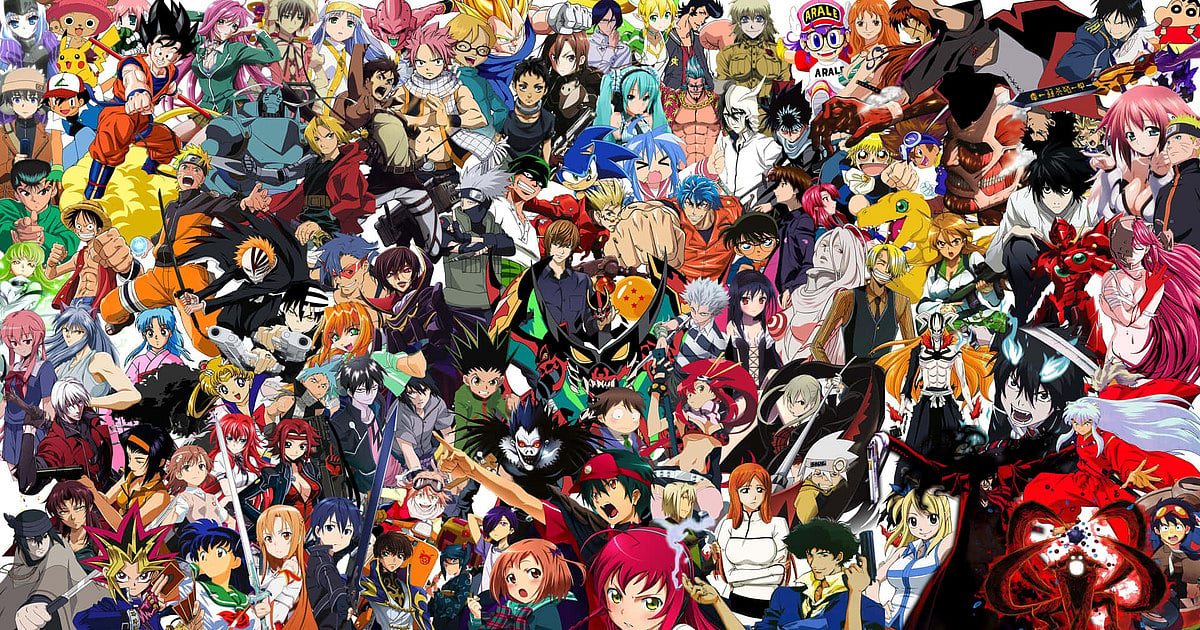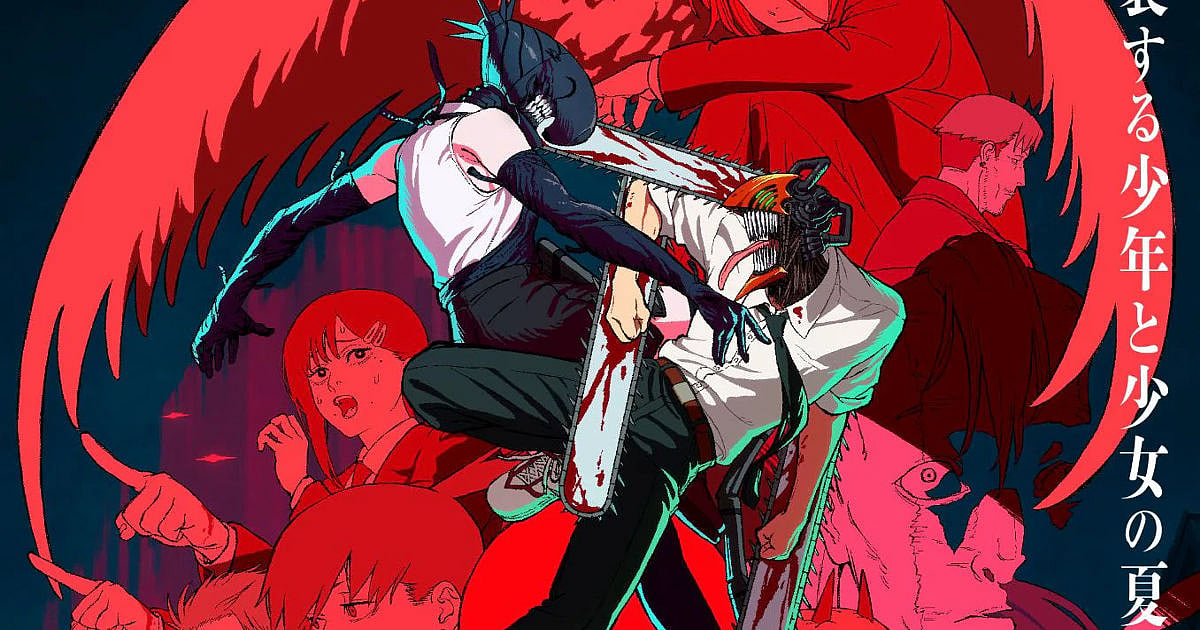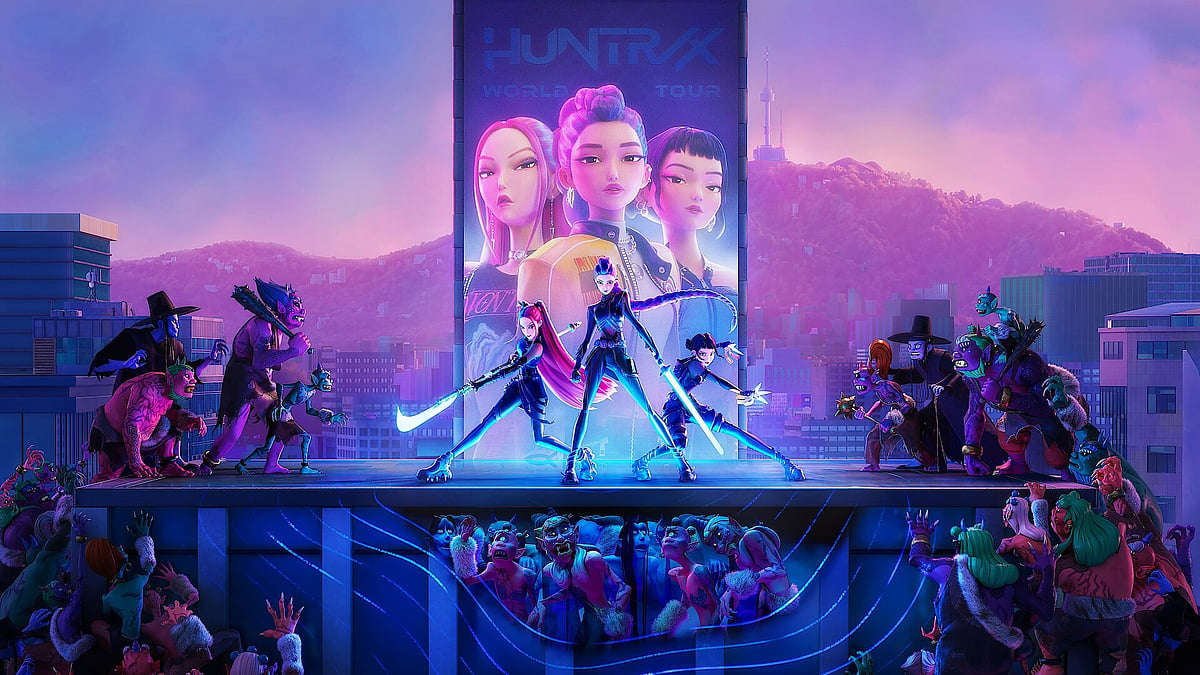
Can Crunchyroll Turn India Into An Anime Nation?
1,900-Screen Bet: Can Crunchyroll Turn India into an Anime Nation?
Crunchyroll is betting big on theatrical anime releases and local-language dubbing. But in a market worth billions, not every experiment is paying off.
Highlights
- Crunchyroll's biggest bet on anime in India has been regional dubs with every anime release title, simultaneously.
- Demon Slayer Infinity Castle's success is still part of a gamble that doesn't work for other films.
- Mitchel Berger, Executive VP, Global Commerce at Crunchyroll believes "Anime in India is moving from curiosity to cultural mainstay."
The theater was nearly empty. On an August evening in 2025, only five people had shown up to watch Colorful Stage! The Movie: A Miku Who Can't Sing in an Indian multiplex. The quiet hum of the air conditioner filled the space where audience chatter should have been. In a country where six-year-olds to 60-year-olds now wear Naruto and JJK character T-shirts, it was a sobering scene.
It was more humbling, as just weeks earlier, another anime film had packed the same theaters. Demon Slayer: Kimetsu no Yaiba – Infinity Castle opened across 1,900 screens in over 600 Indian cities, grossing nearly ₹15 crore on its first day alone. The contrast was stark: one film drew crowds, the other barely registered.
For Mitchel Berger, Crunchyroll's Executive Vice President of Global Commerce, both outcomes are part of the same strategy. "Part of our mission is to test and grow the market," he explained. "While not every release will achieve the scale of the biggest hits, each one plays a vital role in building awareness and reaching wider audiences."
It's a patient approach in a market that's anything but predictable.
Crunchyroll's gamble on the Indian market
Once the domain of small fan communities, anime has entered the mainstream in India, with titles like Jujutsu Kaisen, Spy x Family, and One Piece becoming household names across metros and smaller towns alike.
Crunchyroll, co-owned by Sony Pictures Entertainment and Aniplex, has positioned itself to capitalize on this surge. With a library of over 800 titles and growing investments in Hindi, Tamil, and Telugu dubbing, the platform is betting that India will become essential to its global growth.
"Crunchyroll's strength is that we have always been dedicated solely to anime and serving anime fans," Berger said, emphasizing what he called "accessibility and authenticity."
But streaming trends in India are notoriously volatile. Every major platform entering the market, including the likes of Netflix or Prime Video, have struggled with pricing and retention. Crunchyroll's gamble isn't just on content. It's on whether anime can become a habit, not just a trend.
When Theatrical Releases Work
Demon Slayer: Infinity Castle proved that anime could draw Indian audiences to theaters in numbers that rival mainstream cinema. The film's success wasn't just about scale, though its 1,900-screen release was among the widest ever for the genre in India. It grossed nearly ₹15 crore on its opening day — and proved that anime isn't just an online obsession or a phase that will go away.
Berger credited partnerships with regional exhibitors who understand local audiences — from which theaters have the best acoustics to which malls draw families on weekends. "These partnerships have been essential, not just for scale, but for reaching audiences who would never seek out anime on their own."
The release also reflected a broader shift: anime is moving from solitary streaming sessions to communal experiences. Fans are seeking conventions, festivals, and theatrical screenings — spaces where online fandoms can gather in the real world. It's a pattern emerging across Latin America and Southeast Asia, and India appears to be following suit.
The Dubbing Revolution
If theatrical releases are Crunchyroll's flashiest move, dubbing may be its smartest.
Over 65 percent of Indian viewership on the platform comes from dubbed content, far outpacing subtitled versions. It's a striking reversal for a medium long dominated by purists who insisted subtitles were the only authentic way to watch.
"Subs will always have their loyalists," Berger acknowledged, "but dubs open anime up to millions of first-time fans who may not otherwise have engaged."
The strategy mirrors how Indian audiences have embraced Tamil and Telugu films through Hindi dubs — first on YouTube, now through official channels. Dubbing has transformed anime from niche entertainment into something families across generations can watch together.
Berger called localization "the true game-changer," saying it "helps fans connect in their own language and cultural context, making anime more accessible and inviting to a much wider audience."
But localization comes with risks. Dubs often adapt cultural references to make content more relatable, which can alter the intended experience. And as viewers become more familiar with anime, many eventually prefer subtitles for a more nuanced understanding. Whether dubbed content can sustain long-term engagement remains an open question.
The Failures Are Part of the Plan
Not every release succeeds. Colorful Stage! The Movie collected around ₹10 lakh during its theatrical run. Mobile Suit Gundam SEED Freedom and a re-released Naruto film saw similarly limited runs. Even Chainsaw Man Reze Arc, a title with mass appeal, earned only ₹5 crore in 20 days, according to Sacnilk.
The challenge is clear: balancing niche storytelling with mass-market appeal. As anime enters theatrical distribution at scale, not every title will find its audience. And with Netflix, Prime Video, and Anime Times all strengthening their anime offerings, competition for India's young, digitally connected viewers is intensifying.
But for Crunchyroll, even modest experiments like Colorful Stage serve a purpose. They test the boundaries of what Indian audiences will embrace. They build awareness. They lay the groundwork. Like Berger said, "Each one plays a vital role."
If the strategy works, if anime continues to grow into something as consumable as pan-India films regardless of language, the payoff could be transformative. Picture a future where a young family with their six-year-old twins sits in a multiplex, cheering for Zoro's King of Hell attack in the next One Piece movie.
For now, Crunchyroll is willing to bet on it with dubs, some big risks, and a loyal fanbase to get there.
Author
Sanyukta Thakare
Author
Related Articles
